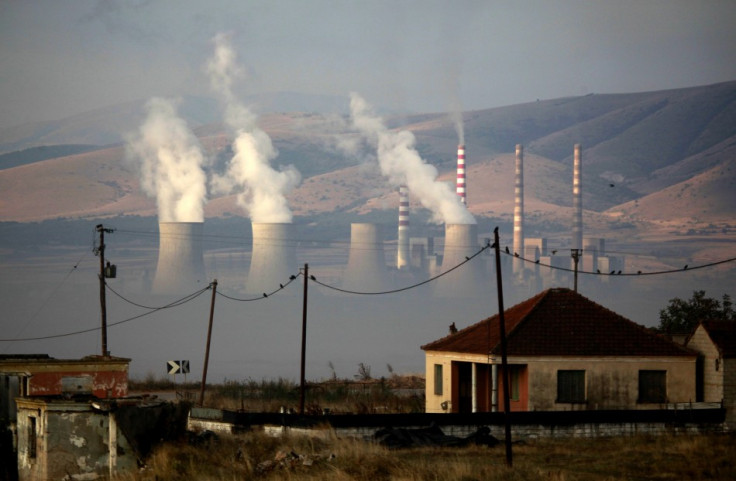Urban Poor 'Most Vulnerable to Climate Change'

Two new studies have identified the sections in the UK which are most vulnerable to climate change.
One of the surveys, conducted by the Joseph Rowntree Foundation (JRF), which is involved with the UK-wide research and development programme, has also identified those responsible for emitting the most carbon.
The report has found that people who emit the least carbon in the UK are most likely to suffer from the consequences of climate change.
Another survey, carried out by the Distribution of UK Household CO2 Emissions, revealed distinct social patterns in the way that emissions vary across UK households. People in the age groups of 45-55 years are the most responsible for high emissions of carbon, 50 percent more than those under- 25, it has been found.
Also, wealthier households have the highest emissions overall, with the top 10 percent of earners emitting more than twice as much carbon as the bottom 10 percent.
Travel accounts for much of this variation, with the top 10 percent of earners emitting 5 times as much carbon from flying than the bottom 10 percent, and 3 times as much from driving. Not surprisingly car ownership is itself associated with increased emissions: multi-car households have on average 3 times the emissions of those with no cars.
The differences, though still significant, are smaller for household fuel use, with the top ten per cent of earners emitting 45 per cent more than the bottom 10 percent.
"This work confirms what we have long suspected - there is a direct and significant relationship between household income and carbon emissions. Importantly this relationship is even stronger when flying and driving are taken into account. The challenge is to use this information to design fairer climate change policies," recaps Joshua Thumim, research head of the Centre for Sustainable Energy.
The second report titled, "Justice, Climate Change and Vulnerability," identifies people and places in the UK most likely to be worst affected by climate change.
The study provides a new index of vulnerability, identifies that those who are more isolated, new to an area, and have a lower income are least adaptable for extreme weather conditions.
The research maps this index at neighbourhood levels across the UK, identifying the least and most socially vulnerable areas and those with highest climate disadvantage:
- Urban and coastal areas are by far the most socially vulnerable.
- There is a north-south divide in terms of flooding in England, with Yorkshire and Humberside being the regions most disadvantaged due to the potential for harm and the likelihood of being affected.
- Nearly a quarter of all London neighbourhoods are most likely to suffer and least likely to be able to cope with the effects of heat waves and London is also likely to see some of the country's highest temperatures.
"The research highlights the double injustice of climate change in the UK. Those who contribute the least to the problem are the worst affected by it. We don't tend to think about climate change affecting people here in the UK, and we need to develop our understanding of these social impacts much further. These impacts are going to get more and more severe so we all need to take steps now to protect our most vulnerable people and communities," Josh Scott, Research Manager at JRF said.
With the picture of economy looking gloomy, climate change tends to be lower down on people's priority list. However, its long-term affects on disadvantaged section of people in the UK mean that more vulnerable people will be put at risk.
The research recommends that mainstream social policy should consider and incorporate the effects of climate change on disadvantaged groups.
© Copyright IBTimes 2025. All rights reserved.



















